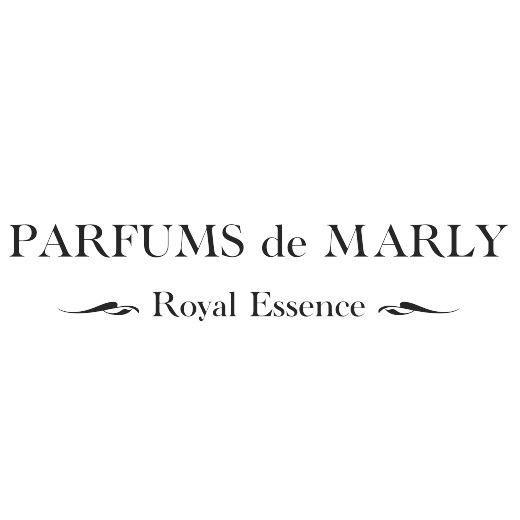
Sedbury by Parfums de Marly is a Chypre Floral fragrance for women. Sedbury was launched in 2015. Top notes are Clary Sage, Lavender, Tangerine and Bergamot; middle notes are Tuberose, Jasmine and Iris; base notes are Benzoin, Vanilla, Ambergris, Vetiver and Patchouli.

In the XVIIIth Century was the indisputed reign of King Louis the XVth. France was the flagship of fragrances, with Grasse and Paris as its leading Places. Every day, the king requested a different scent for his apartments and streams of aromatic scents sprang from the royal fountains. Renowned for its scent extravagances, the court was named “la cour parfumée” (the perfumed court). The best fragrances of all time were invented during this era by the king’s dedicated perfumer ‘Jean Fargeon’. The King decided to give to Marly castle, built by Louis the XIV, more importance by dedicating it for the well-being of the horse. As a fervent admirer of horses, Louis XV always tried to enhance horse qualities by cross breeding them. He was offered 8 Arabian horses by the King of Tunisia, ‘Bey de Tunis’.
Among them are the Darley Arabian, Godolphin Arabian and the Byerley Turk. Those horses were the base of thoroughbred Arabian breed mixed with the strong and tall European breed. In 1743, in memory of his great-grandfather Louis XIV, Louis XV commissioned Guillaume Coustou to sculpt his famous masterpiece for the grounds of the Château de Marly (Marly Castle). This magnificent work of art, known as “The Marly Horses”, earned a place on the Champs Elysees Avenue in the heart of Paris in 1974, where it can still be admired today.
The originals are conserved in Louvre Museum in a old court, named la Cour Marly (Marly court). Parfums de Marly revives the spirit of lavish receptions and festivities held in the Château de Marly, for the delight of members of the Royal Court and foreign dignitaries. Through its original concept, Parfums de Marly rekindles the spirit of fragrances from the splendour of the XVIIIth Century, when the finest perfumes were created for King Louis XV as a tribute of the prestigious horse races he so fervently admired